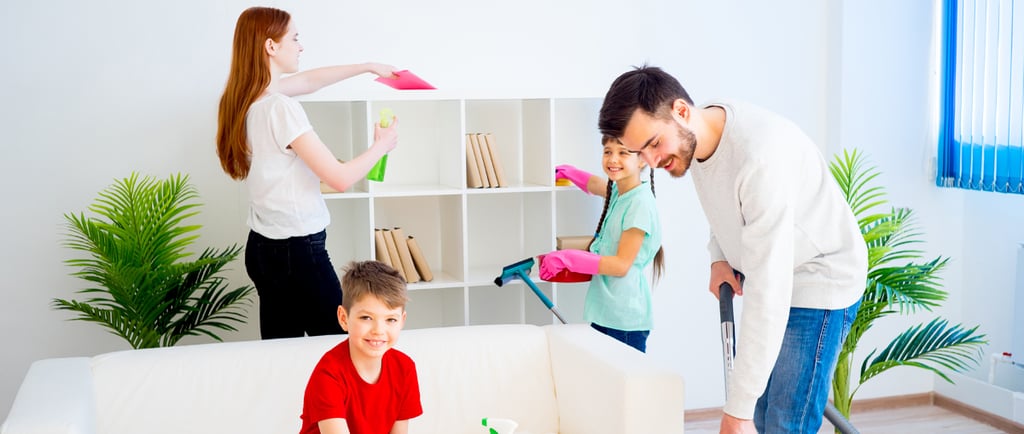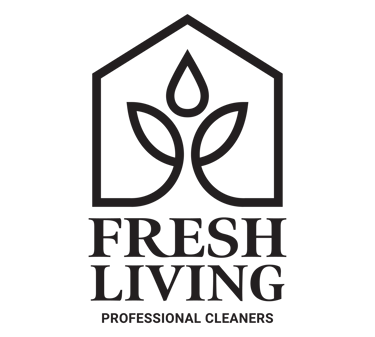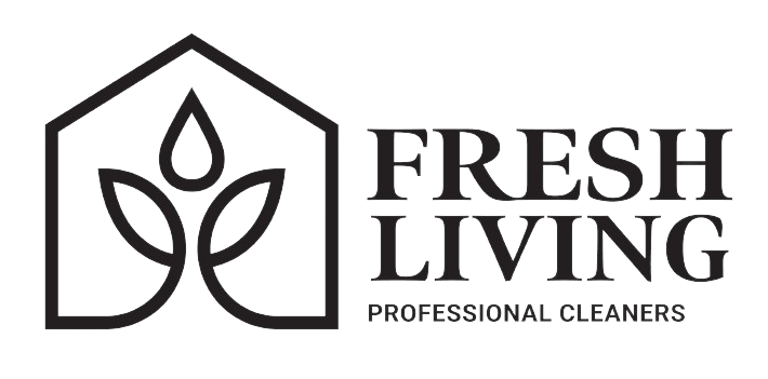The Secrets to Effective Team Cleaning: Must-Know Tips
Discover how to transform your cleaning routine with the power of teamwork! In our latest blog post, "The Secrets to Effective Team Cleaning: Must-Know Tips," we delve into essential strategies that elevate collaborative cleaning to new heights. Learn how to define roles clearly, establish robust communication channels, and craft a meticulous cleaning plan. We’ll guide you through setting high standards, motivating your team, and implementing efficient cleaning techniques. Plus, get insights on choosing the right tools and fostering a positive cleaning culture. Whether you're a cleaning novice or a seasoned pro, these tips will revolutionize your approach to keeping spaces spotless and organized. Elevate your team’s cleaning game and achieve exceptional results with these must-know tips!
6/27/20243 min read


Introduction
Team cleaning is more than a method—it's a philosophy that can transform how we maintain our spaces. Why does team cleaning matter? Quite simply, it amplifies efficiency and effectiveness. When everyone pitches in, the workload becomes more manageable, and the results are often superior. A collaborative approach to cleaning doesn't just lead to a cleaner environment; it fosters a sense of camaraderie and shared responsibility, making the process more enjoyable and productive.
Defining Roles and Responsibilities
One of the cornerstones of effective team cleaning is the clear definition of roles and responsibilities. Assigning tasks based on each team member's strengths not only ensures that each job is done well but also leverages the unique skills within the team. For example, those with a keen eye for detail might handle delicate tasks, while those who work quickly and efficiently could tackle broader areas. Role clarity helps in setting expectations and reduces overlap, ensuring that every task is covered without redundancy.
Establishing Effective Communication
Clear communication is essential for the success of any team effort, and cleaning is no exception. Establishing reliable channels for communication—whether through regular meetings, check-ins, or digital platforms—ensures that everyone is on the same page. Utilizing tools such as shared calendars, group chats, or collaborative apps can enhance this communication, making it easier to coordinate tasks, share updates, and address any issues promptly.
Planning the Cleaning Process
A well-crafted cleaning plan is the blueprint for successful team cleaning. This plan should outline the tasks to be completed, assign responsibilities, and set timelines. Scheduling plays a crucial role in this planning. By organizing cleaning sessions at times that minimize disruption and maximize efficiency—such as during off-peak hours or in coordinated intervals—the team can work more effectively. Detailed planning prevents confusion and ensures that each cleaning session is productive.
Setting Standards and Expectations
Setting clear standards for cleanliness is vital in guiding the team's efforts. Defining what constitutes a "clean" environment helps in setting benchmarks that the team can aim for. These standards should be communicated clearly to all team members, ensuring that everyone understands the goals and the level of quality expected. When everyone is aligned with these standards, the cleaning process becomes more cohesive and consistent.
Training and Development
Training is a critical component of effective team cleaning. Providing initial training on cleaning techniques, use of equipment, and safety measures ensures that all team members are well-prepared for their tasks. Continuous learning should also be encouraged. This might include attending workshops, accessing online resources, or learning about new cleaning technologies and methods. Ongoing development keeps the team skilled and adaptable to new challenges.
Motivating and Engaging the Team
Keeping the team motivated is essential for maintaining high performance. Creating incentives for good performance—such as rewards for completing tasks efficiently or recognition for excellent work—can boost morale and encourage continued effort. Building team morale goes beyond incentives; it involves creating a supportive environment where team members feel valued and enthusiastic about their contributions. Regular feedback, team-building activities, and celebrating successes all contribute to this positive atmosphere.
Implementing Efficient Cleaning Techniques
Efficiency in cleaning comes from adopting best practices and utilizing time-saving techniques. This could include methods such as cleaning from top to bottom to avoid re-cleaning, using multi-purpose tools to handle various tasks, or organizing supplies for easy access. Streamlined techniques reduce wasted time and effort, allowing the team to cover more ground effectively.
Monitoring and Adjusting Strategies
Regular assessment of the team's performance helps in identifying areas for improvement. Monitoring progress through checklists, performance metrics, or feedback sessions provides insights into what’s working well and what could be improved. Based on this feedback, the team can make necessary adjustments to their strategies, whether it's reallocating tasks, refining techniques, or addressing any challenges that arise. Continuous improvement ensures that the team remains effective and responsive to changing needs.
Choosing the Right Tools and Products
The selection of tools and products can greatly influence the efficiency of team cleaning. Choosing tools that are ergonomic, versatile, and easy to use helps in completing tasks more efficiently. Similarly, selecting the right cleaning agents—whether they are eco-friendly solutions for general cleaning or specialized products for specific tasks—ensures that the team can tackle a wide range of cleaning challenges effectively. The right tools and products not only enhance the cleaning process but also contribute to the overall quality of the results.
Fostering a Positive Cleaning Culture
A positive cleaning culture is one where team spirit and cooperation thrive. Promoting open communication, encouraging mutual support, and addressing conflicts constructively are key elements of this culture. When team members feel part of a supportive and collaborative environment, they are more likely to contribute positively and effectively to the cleaning efforts. Handling challenges with a problem-solving mindset and celebrating collective achievements fosters a culture of enthusiasm and dedication.
Final Thoughts
In summary, the secrets to effective team cleaning lie in clear communication, strategic planning, role clarity, continuous learning, and fostering a positive team culture. By embracing these principles, teams can elevate their cleaning practices, achieve outstanding results, and create a more harmonious and productive environment. Encouraging a proactive and collaborative approach to cleaning not only enhances efficiency but also makes the process more enjoyable for everyone involved.


(609) 806 - 5565
help@freshlivingpc.com
Follow us on
